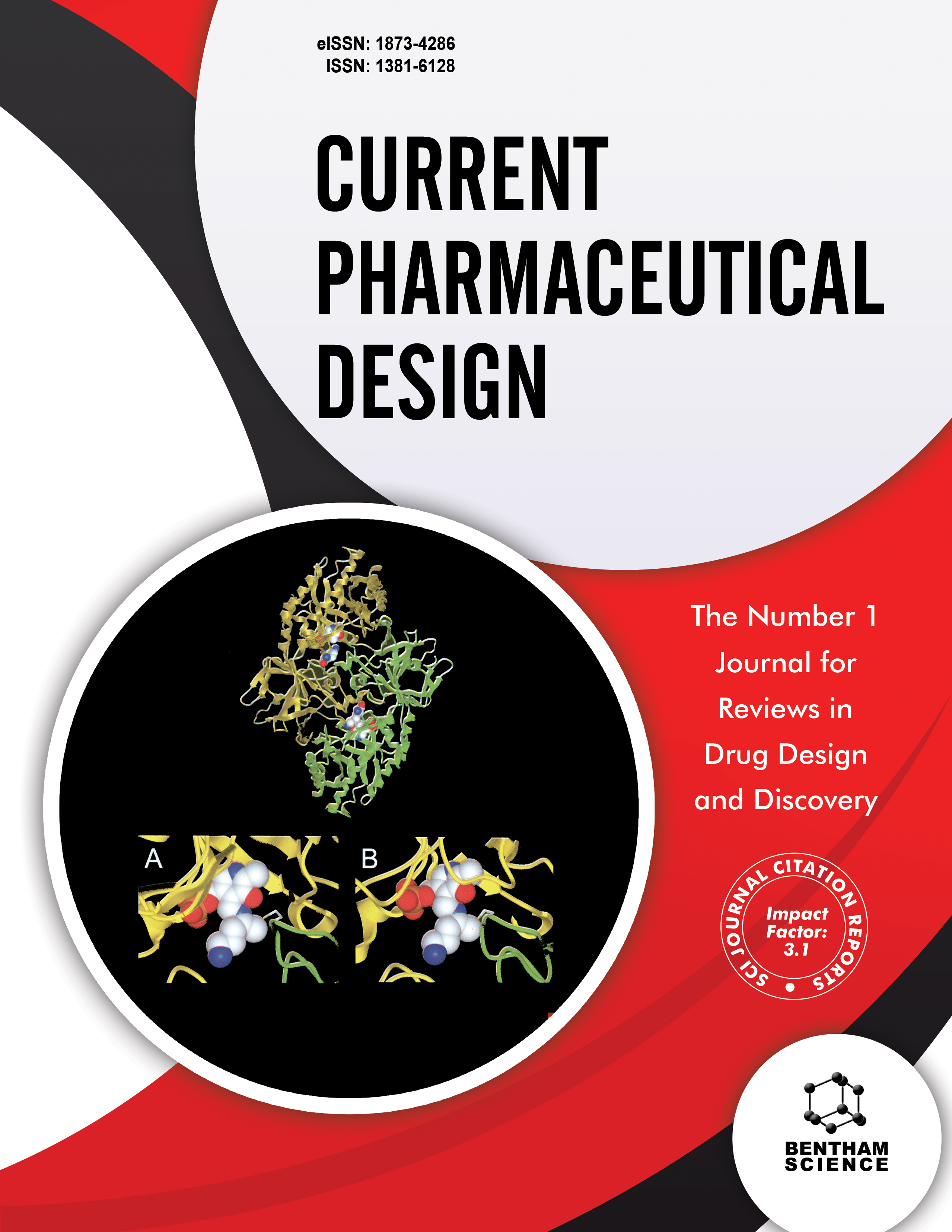
-
oa Esketamine Regulates Mitophagy through ULK1/FUNDC1 Signaling Pathway to Improve LPS-induced Acute Respiratory Distress Syndrome
-
-
- 29 Sep 2024
- 23 Dec 2024
- 28 Feb 2025
Abstract
As a heterogeneous clinical syndrome, acute respiratory distress syndrome (ARDS) is caused by infection-associated inflammation with limited treatment options. Esketamine possesses anti-inflammatory properties, and it is effective in treating lung diseases.
This study aimed to unveil the efficacy and mechanism of esketamine in ARDS.
Lipopolysaccharide (LPS) is widely used to induce inflammatory response in lung injury. The mice model of ARDS in this study was established through the inhalation of LPS. Hematoxylin-eosin (H&E) staining was used to evaluate the pathological changes in the lung tissues of ARDS mice, and the histological index of lung damage was employed. Bicinchoninic acid (BCA) assay kits were utilized to assess the total proteins in bronchoalveolar lavage fluid (BALF), and a hemocytometer was used to count the number of total cells. The pulmonary vascular permeability was detected using Evans blue staining. Western blot was carried out to detect the expressions of tight junction proteins, and enzyme-linked immunosorbent assay (ELISA) detected the release of inflammatory cytokines in BALF and serum. Dihydroethidium (DHE) staining was used to detect reactive oxygen species (ROS) production, and the levels of myeloperoxidase (MPO) and oxidative stress markers were measured using corresponding assay kits. Apoptosis was assessed through terminal deoxynucleotidyl transferase dUTP nick-end labeling (TUNEL) and Western blot. Immunostaining detected the FUN14 domain-containing 1 (FUNDC1) and light chain 3B (LC3B) in lung tissues, and the expressions of autophagy-related proteins were detected using Western blot.
Our data showed that esketamine treatment alleviated LPS-stimulated lung damage, improved pulmonary vascular permeability, and inhibited inflammatory response, oxidative stress, and apoptosis in ARDS mice. Mechanically, esketamine activated mitophagy through UNC-52-like kinase 1 (ULK1)/FUNDC1 signaling pathway. These findings, for the first time, revealed the therapeutic potential of esketamine in treating ARDS.
Collectively, this study revealed the protective role of esketamine against lung injury, inflammation, oxidative stress, and apoptosis in mice with ARDS and revealed the reaction mechanism related to mitophagy.

